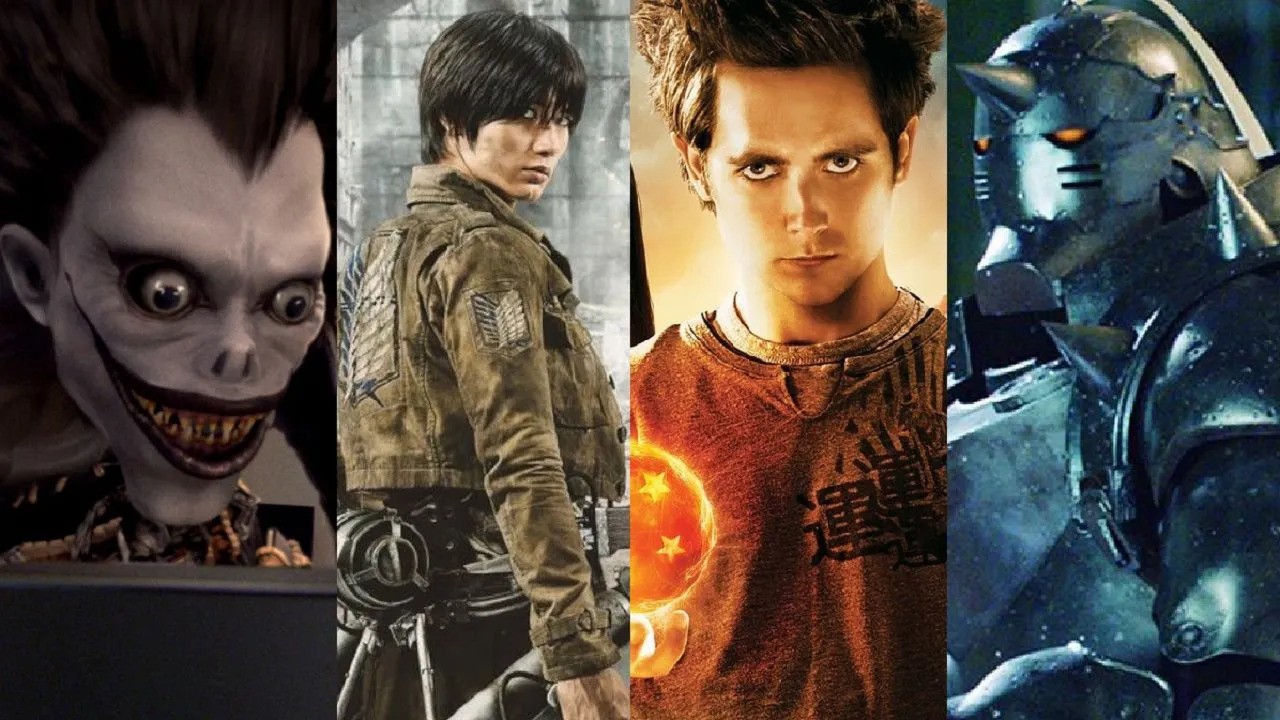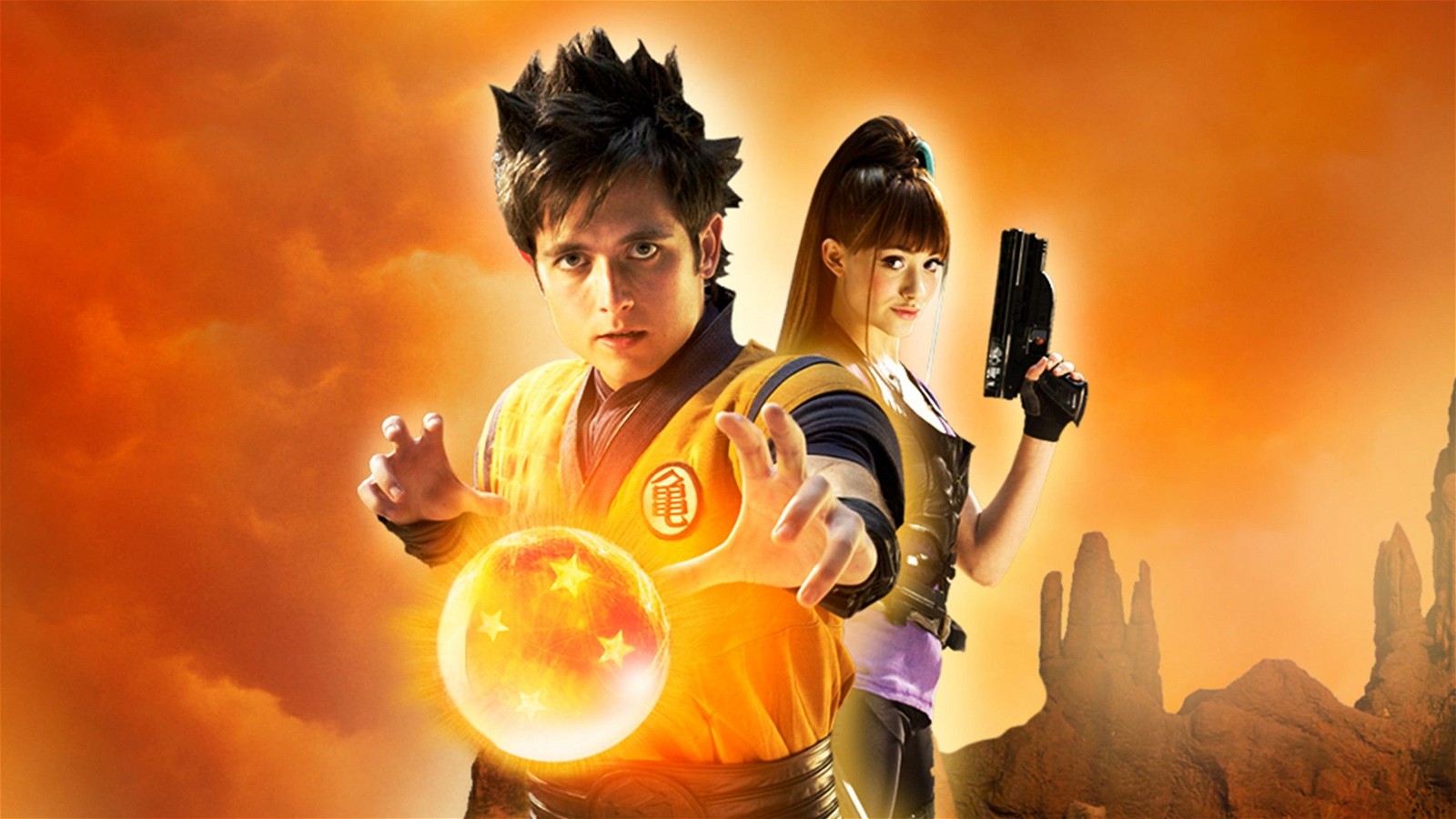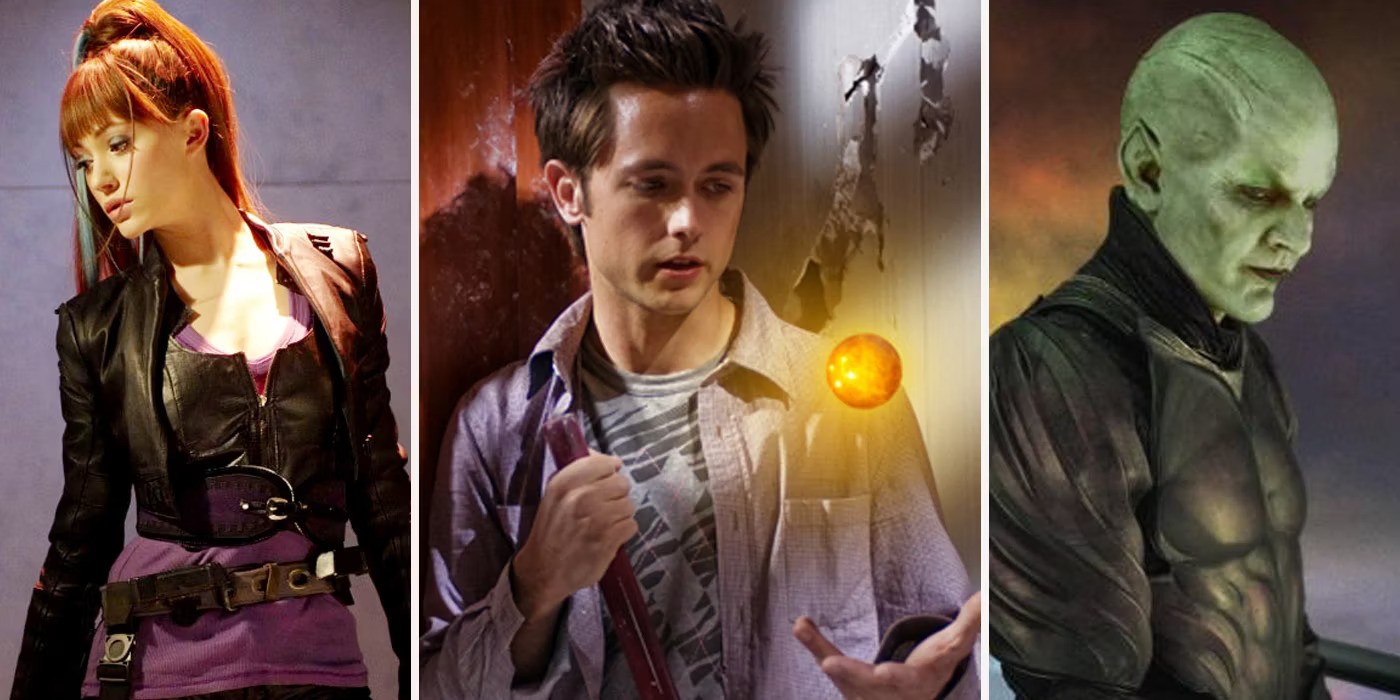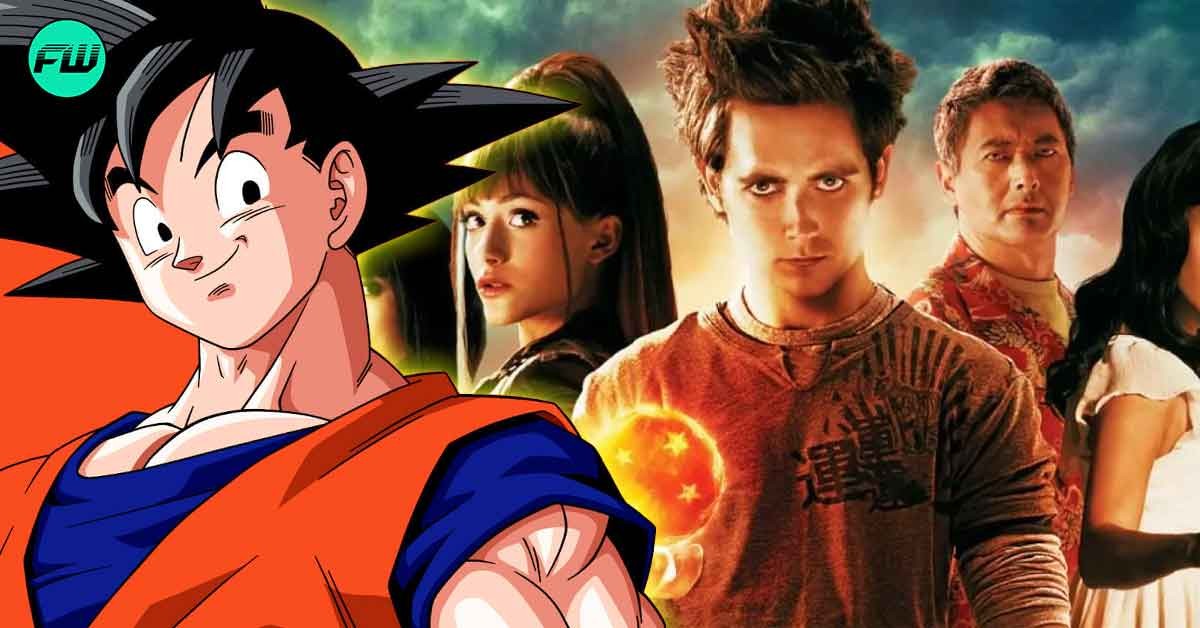One Piece is Netflix’s most recent addition to a lengthy series of live-action anime adaptations. The streaming platform has been attempting to transform beloved anime into live-action productions for roughly a decade now, although not all of these endeavors have resonated equally with viewers.
Adapting the grand stories of series, many of which span hundreds of episodes, into a live-action format requires extensive adjustment, and Netflix has demonstrated that continuous effort leads to improvement.

While One Piece has illustrated that a successful live-action adaptation of an anime is achievable, a number of its forerunners left audiences doubting the feasibility of such endeavors. Initial efforts, like Death Note (2017), left fans greatly disappointed, whereas others, such as Fullmetal Alchemist (2017) and Bleach (2018), failed to make a significant impact.
And since we’re talking about the disappointments among fans in the form of live-action adaptations, who can forget Dragon Ball: Evolution, a live-action movie based on the beloved anime/manga named Dragon Ball?
Dragon Ball: Evolution Was So Bad If Compared to the Original Source
Dragon Ball is indeed one of the most iconic and enduring anime and manga series in history. It made its debut in 1984 and has only grown in popularity over the years, capturing the hearts of fans, both old and new, with its various sequel series like Dragon Ball Z, Dragon Ball Super, and more.
However, it’s important to note that not every adaptation within the franchise has been universally praised or considered a success. Dragon Ball: Evolution is a notable example, as it received significant backlash from fans of the original anime.

Dragon Ball: Evolution, a live-action film that debuted in 2009, is despised by the majority of enthusiasts. The primary cause for this animosity stems from the substantial alterations made to the characters and story. There exist numerous methods in which the movie mishandled the original source.
Here are six notable reasons why Dragon Ball: Evolution is unsatisfactory as a live-action adaptation:
6. Goku Using Airbending Like Aang

In the movie, Goku and others use energy attacks similar to learning how to manipulate elements, as seen in Avatar: The Last Airbender. However, it’s important to note that the Kamehameha technique isn’t an ‘Air Bending technique.’
It’s a ki attack, where the person channels the energy inside them, a technique used by characters such as Son Goku, Master Roshi, Krillin, and many others.
5. Goku was Never Attracted to Girls

Goku was never attracted to girls; he couldn’t even differentiate between a boy and a girl until he was 12 years old. He didn’t know what lipstick was when he saw Bulma as a teenager at the World Martial Arts Tournament. The movie aggressively emphasizes Goku and Chi-Chi’s relationship with the audience.
4. Goku isn’t that Honourable in the Adaptation Movie

In the manga and anime, Goku consistently displayed an honorable persona. Nonetheless, in the movie rendition, Dragon Ball: Evolution, this characteristic was less emphasized compared to the source material.
An example of this divergence manifested during Master Roshi’s Kamehameha training, where Goku came close to resorting to dishonesty with a candle. Fortunately, Chi-Chi stepped in, signifying a deviation from Goku’s customary honorable conduct as depicted in the original manga and anime.
3. Krillin is Missing in the Live-Action

Krillin is a supporting protagonist in the Dragon Ball series, and he is the best friend of Goku from the very start. This important and beloved character from the anime is missing in the live-action movie.
In the live-action adaptation, not only Krillin but also characters like Tien Shinhan, Oolong, Master Shen, and many others who were important in the anime were missing.
2. The CGIs are Horrible

The CGI used throughout the film was atrocious, possibly one of the worst ever in a big-budget Hollywood movie. At the same time, a lot of the scenes also looked terribly fake, showcasing some really bad green screen work.
Even the final battle between Goku and Piccolo was exceptionally unsatisfying, as it failed to capture the earth-shattering duels that the source material was renowned for. Furthermore, the depiction of the Kamehameha wave on screen was thoroughly underwhelming.
1. Master Roshi is So Young in the Movie

In the anime, Master Roshi, also known as the Turtle Hermit, is an around 300-year-old man. Master Roshi trained Goku, Yamcha, Ox-King, and many other famous characters in the anime. However, in Dragon Ball: Evolution, he is portrayed as a young man, played by Chow Yun-fat.

